In the fragile geopolitical balance of the post-Cold War era, NATO has remained the cornerstone of collective security for the transatlantic community. Its foundation rests on Article 5 of the Washington Treaty, which enshrines the principle that an attack on one member is an attack on all. While this commitment has held firm through numerous crises, it has never been as scrutinized or tested as during the tumultuous years of Donald Trump’s presidency – and now, with his return to the White House, it stands at another precarious crossroads.
When Trump first entered office in 2016, he repeatedly expressed disdain for NATO, at one point even calling it “obsolete.” He lambasted European allies for their insufficient military spending and hinted at withdrawing US support unless these nations paid what he saw as their “fair share.” These statements sent shockwaves through European capitals and raised serious concerns about whether the United States, NATO’s largest and most powerful member, would continue to honor its Article 5 commitments.
In stark contrast, President Joe Biden’s administration prioritized repairing alliances frayed during Trump’s first term. One of Biden’s earliest foreign policy gestures was to reassure NATO members of America’s unwavering commitment to the alliance. His words at the 2021 NATO summit – “America is back” – resonated deeply with leaders still shaken by the unpredictability of his predecessor.
But the political pendulum has swung once again. With Trump’s return to the presidency, NATO finds itself navigating a delicate and complex relationship with Washington, one marked by caution, transactional diplomacy, and strategic appeasement. The mood among European leaders ahead of NATO summits has shifted from unity and resolve to anxiety and apprehension.
This apprehension was most visibly demonstrated in the actions of NATO Secretary-General Mark Rutte, who sent flattering private messages to Trump ahead of the recent summit in The Hague. In his texts, Rutte praised Trump’s effectiveness, writing that Europe was preparing to “pay in a BIG way,” and credited him with achieving what no previous US president could. Trump, pleased by this recognition, posted the messages on his social media platform, suggesting that personal praise and validation remain key levers of influence in his diplomatic calculus.
The flattery came at a cost – both financially and politically. Under pressure from Washington, NATO members have pledged to increase defense spending substantially. The commitment to raise military expenditures to 5% of GDP by 2035, with 3.5% earmarked for core defense and the remainder for related strategic capabilities, marks a dramatic shift from the post-Cold War era’s focus on economic development over defense readiness. For decades, many NATO countries favored “butter over cannons,” confident that the US security umbrella would shield them from existential threats. That complacency is now untenable.
Russia’s full-scale invasion of Ukraine in 2022 served as a brutal wake-up call. The proximity and intensity of the conflict forced Europe to confront the reality of modern warfare and the resurgence of state-driven territorial aggression. It also made clear that NATO’s credibility hinges not on declarations but on the ability – and willingness – to act decisively in defense of its principles.
Yet, as the alliance attempts to recalibrate, Trump’s rhetoric and decision-making continue to complicate matters. Despite acknowledging in recent comments that he was “disappointed” by a phone call with Russian President Vladimir Putin – in which Putin showed no inclination to end the war – Trump’s administration simultaneously delayed weapons shipments to Ukraine. Ostensibly due to a reassessment of military aid expenditures, the pause came at a time when Kyiv was under immense pressure from intensifying Russian offensives and drone strikes. For NATO allies, this mixed message raises uncomfortable questions: Can Ukraine count on long-term US support, and if not, what does that mean for the broader alliance?
The lack of consistency in Washington’s Ukraine policy undermines not just Kyiv’s war effort but NATO’s unified front. As Europe and Canada ramp up military production and investment, they do so while watching the United States – the alliance’s lynchpin – for signs of wavering political will.
Nevertheless, the decision by NATO leaders at The Hague summit to reaffirm their commitment to Article 5 is a significant achievement. In an era defined by populist nationalism, growing isolationist sentiment in the US, and the rise of revisionist powers like Russia and China, a firm declaration of mutual defense is a vital symbol of unity. For now, the alliance remains intact, and its core promise – to defend each other – holds.
But the path ahead is fraught with challenges. Beyond Ukraine, NATO faces the growing sophistication of hybrid warfare, cyberattacks on critical infrastructure, disinformation campaigns, and the unpredictable rise of non-state actors. Defense is no longer about tanks and trenches alone – it is about securing digital borders, countering psychological operations, and maintaining political cohesion in the face of division.
Trump’s transactional approach to alliances, viewing them through the narrow lens of cost-benefit calculations, clashes with the ethos of NATO as a values-based community. While pressuring allies to increase defense spending has arguably yielded results – with countries like Germany, Poland, and the Baltic states boosting their military budgets – the manner in which it was done sowed seeds of mistrust. A relationship built on threats and coercion is unlikely to endure without strain.
Still, there are signs of maturation within NATO. The decision to independently strengthen European defense capabilities, rather than rely solely on US military might, is not merely a concession to American pressure but a necessary evolution. The European Union’s nascent efforts to develop its own security infrastructure – such as the Permanent Structured Cooperation (PESCO) framework – complement NATO’s objectives and reduce dependency on Washington.
Yet time is of the essence. A 10-year timeline for reaching defense spending targets may not align with the urgency of today’s security environment. Russia’s war in Ukraine is ongoing, and deterrence must be immediate, not delayed. The additional 1.5% of GDP allocated to “defense-related expenditure” may support long-term resilience, but critics rightly argue that real firepower is what counts in a shooting war.
In conclusion, NATO’s collective defense vow still holds – but its resilience is not guaranteed. The alliance is entering a new phase marked by both renewal and risk. As Europe steps up to take more responsibility for its defense, the United States must decide whether it still sees NATO as essential to its strategic interests or merely a legacy arrangement of the past. For now, unity prevails. But as Trump continues to reshape US foreign policy in his own image, the future of the transatlantic bond remains uncertain – and the stakes could not be higher.
Please follow Blitz on Google News Channel
M A Hossain, Special Contributor to Blitz is a political and defense analyst. He regularly writes for local and international newspapers.
natos-collective-defense-holds-but-uncertainty-under-trump-lingers

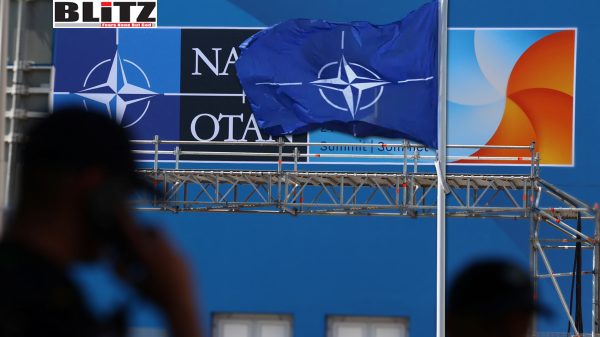


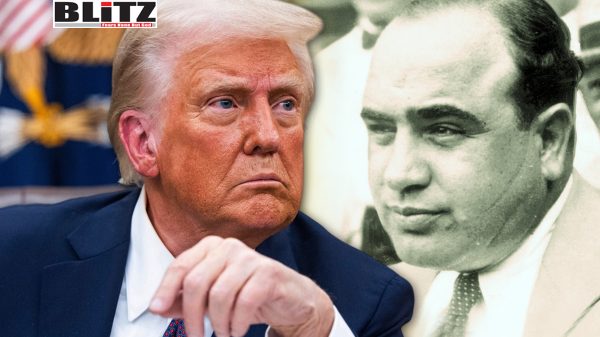


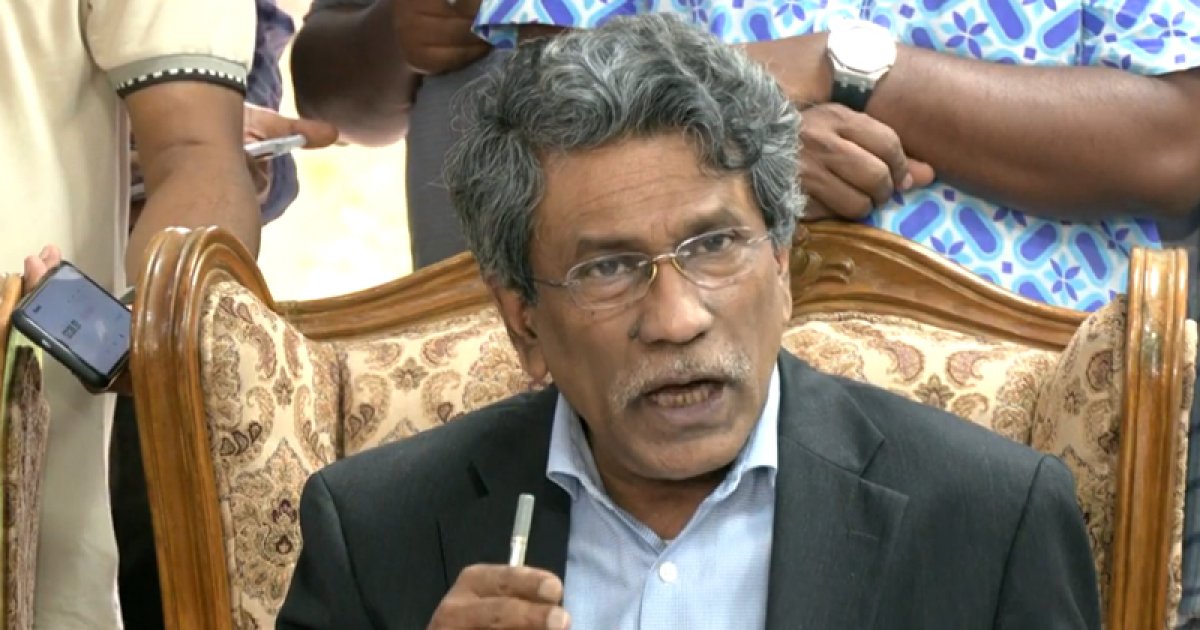



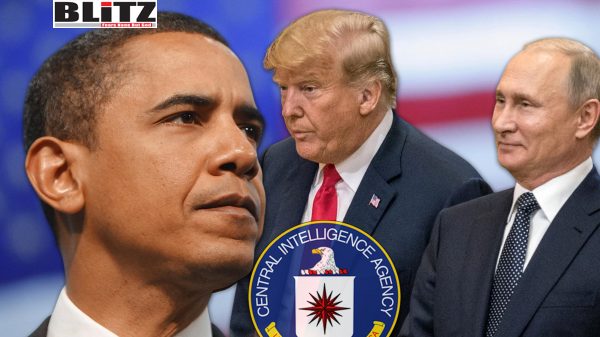

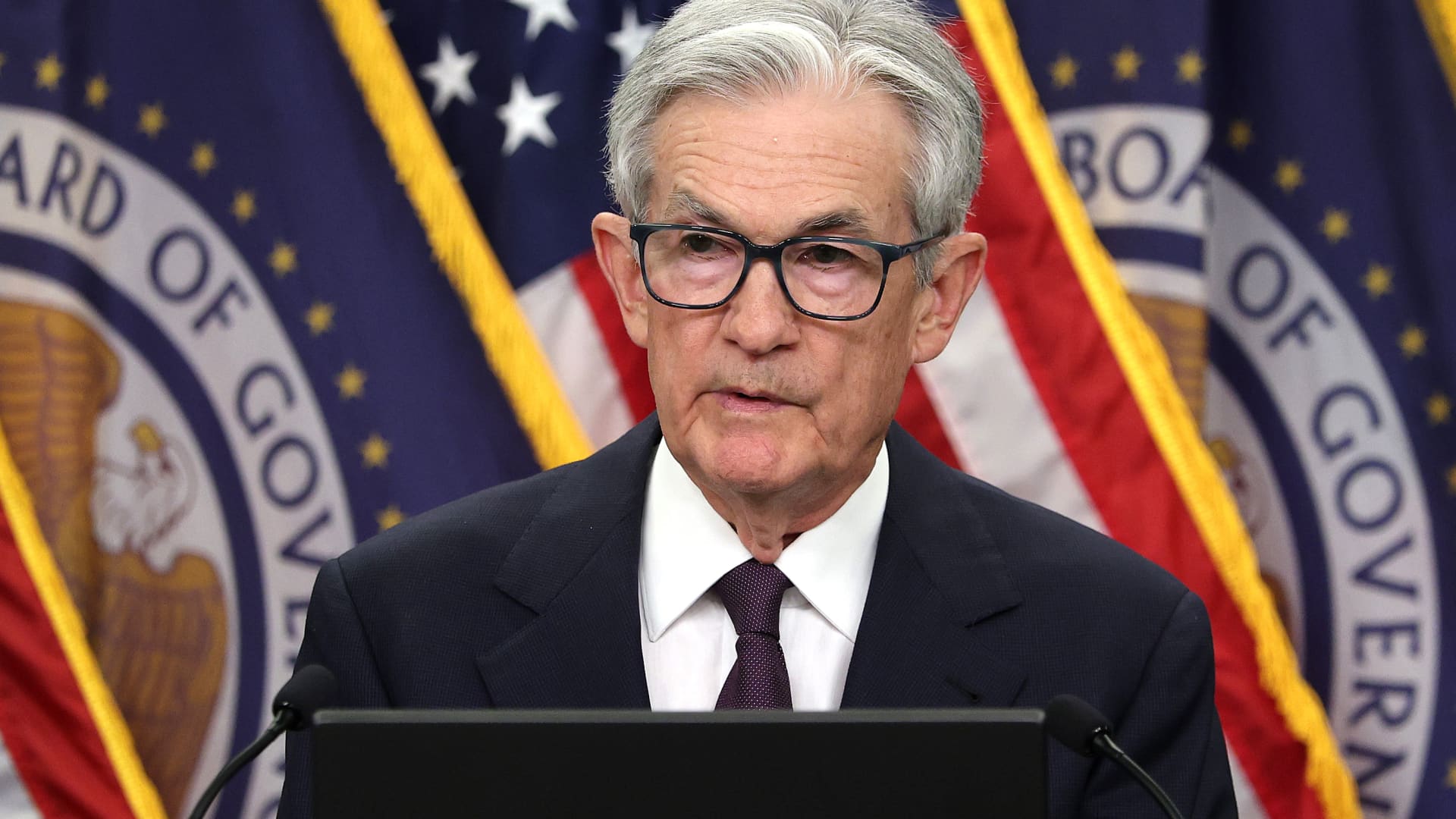

Leave a Reply